- Author: Pamela S Kan-Rice
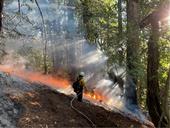
First Forester TREX to be held June 3-6
California's first-ever Forester Prescribed Fire Training Exchange event focused on bringing together professional foresters, forest managers and fire practitioners will occur June 3-6 near Watsonville. The four-day event is being hosted by the Central Coast Prescribed Burn Association, which empowers the public to build a culture of good fire and supports private landowners in conducting prescribed burns in Monterey, San Benito and Santa Cruz counties.
There will be one burn conducted during the event, likely on June 4 or 5, which will be open for the...
- Author: Grace Dean, Forest Stewardship Communications Specialist
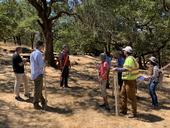
Free forester site visit for landowners who complete workshop series
Forest landowners in Solano and Sacramento counties are encouraged to learn about their forests and connect with natural resource professionals in their areas during the next Forest Stewardship Workshop Series from University of California Cooperative Extension, July 18 to Sept. 12. These programs can be essential for small landowners who seek to make their forests resilient against wildfire.
Upon completing the nine-week series of virtual and in-person sessions, landowners also will be eligible for a...
- Author: Pamela Kan-Rice
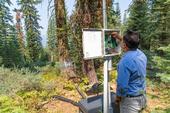
Safeeq Khan of UC ANR among collaborators on forest treatments in the Sierra
Despite the challenges of an extremely dangerous fire season, including California's largest wildfire in 2022 (Mosquito Fire) impeding access and limiting operations, partners of the French Meadows Forest Restoration Project have wrapped up their fourth season of forest treatments in the critical headwaters of Tahoe National Forest. Safeeq Khan, Cooperative Extension specialist in water and watershed sciences with UC Agriculture and Natural Resources, is among the collaborators.
This season, project partners safely treated over 700...
- Author: Mike Hsu
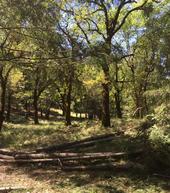
UCCE forest advisor helps landowners, community groups determine best project options
As Californians prepare for another year of drought and an anticipated intense fire season, landowners and organizations across California have been working to reduce forest fuels – flammable woody material – that can endanger their properties and communities.
For many of them, however, their urgent efforts hit a sizable speed bump: a massive rulebook that describes, amid a thicket of other information, the permits required before people can treat or remove fuels – as well as a litany of attached requirements, restrictions and...
- Author: Kat Kerlin, UC Davis
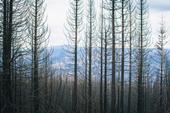
Study finds resilient, frequent-fire forests have far fewer trees
What does a “resilient” forest look like in California's Sierra Nevada? A lot fewer trees than we're used to, according to a study of frequent-fire forests from the University of California, Davis.
More than a century ago, Sierra Nevada forests faced almost no competition from neighboring trees for resources. The tree densities of the late 1800s would astonish most Californians today. Because of fire suppression, trees in current forests live alongside six to seven times as many trees as their ancestors did — competing for less water amid drier and hotter...



